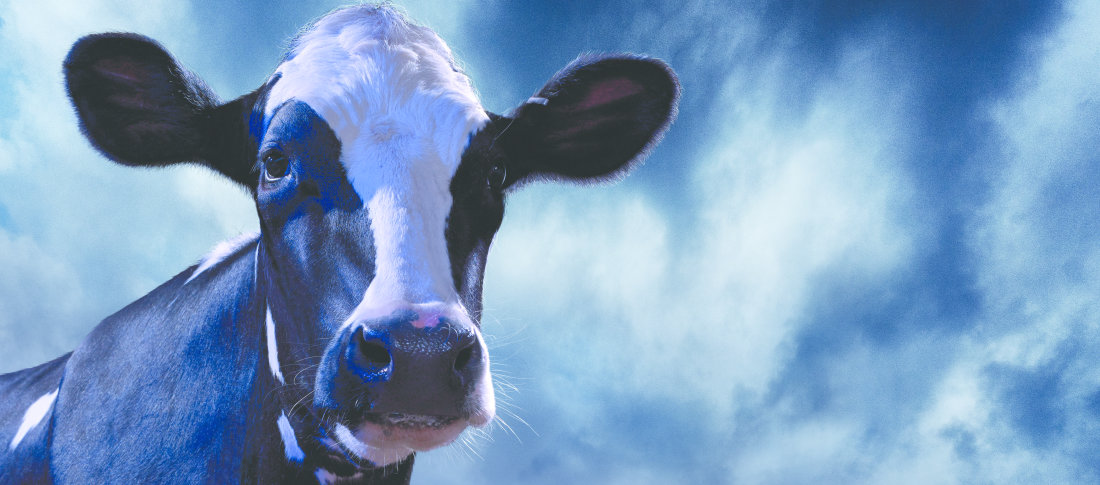Earlier this month, Volac were featured in British Dairying. You can read the article below.
Turn out for many milk producers is just around the corner and diet changes often create impacts on the cow. The changeover from a starch-loaded winter diet to a greater reliance on grass can be a challenge, with acidosis linked with low fibre grass swards being a crucial factor. Lush spring grass contains rapidly fermentable carbohydrates (sugars) and a high level of rumen available oil and can seriously affect rumen function and trigger sub-acute ruminal acidosis. These factors can lead to depressed milk fat % as well as lower yields and reduced feed intakes.
Diet changes therefore are always recommended to be gradual and observation of milk quality changes should be closely monitored.
Milk fat depressions can be very rapid, however dietary intervention can help to reduce these risks. Buffer feeding alongside a gradual change over to grass will help to maintain a good digestible fibre level, which will offer protection from milk fat drops, whilst the inclusion of high-palmitic acid fat supplements (high- C16 fats) in the diet can result in an increase in milk fat % over a reasonably short period too. Recent studies by Prof. Adam Lock in Michigan State University, USA, indicated that inclusion of high-C16 fats can bring about rapid increases in both milk fat % and yield.
The typical desired inclusion of such a feed fat should equate to 1.5% of the DM intake, it is this level in all trial work that created the most significant and effective results.
The temptation at grass to reduce inputs, however, is ever present, but the necessity of fats in the diet indicate this can be unwise, as it is always the marginal litres they produce that are the most profitable.
‘The value of milk far exceeds the value of marginal feed costs. Getting cows to eat one more bite, thus trying to get them to produce one more kg of milk will almost always produce more profit’
‘by focussing on the costs of inputs and not the inputs’ marginal impact on revenue (milk) and therefore profit, many dairy producers box themselves into a cycle of poor investment decisions, poor profitability and a poor lifestyle.’
Eicker et al. (2006) MARGINAL Thinking: Making Money on a Dairy Farm. WCDS Advances in dairy Technology 18:137 – 155.
Aim to protect the profitable litres at grass by knowing the total cost of inputs and the effects they hold over all the litres produced, the marginal litre is the profitable one!
By Neil Birkett
Volac International Ltd
can be contacted at Volac on 01223 208021
You may also be interested in:
>> October 2017 British Dairying Feature
>> EBook: Right fat, right time
>> Maintaining energy levels at grass to retain fertility
>> Increased milk production: Grass-based systems
